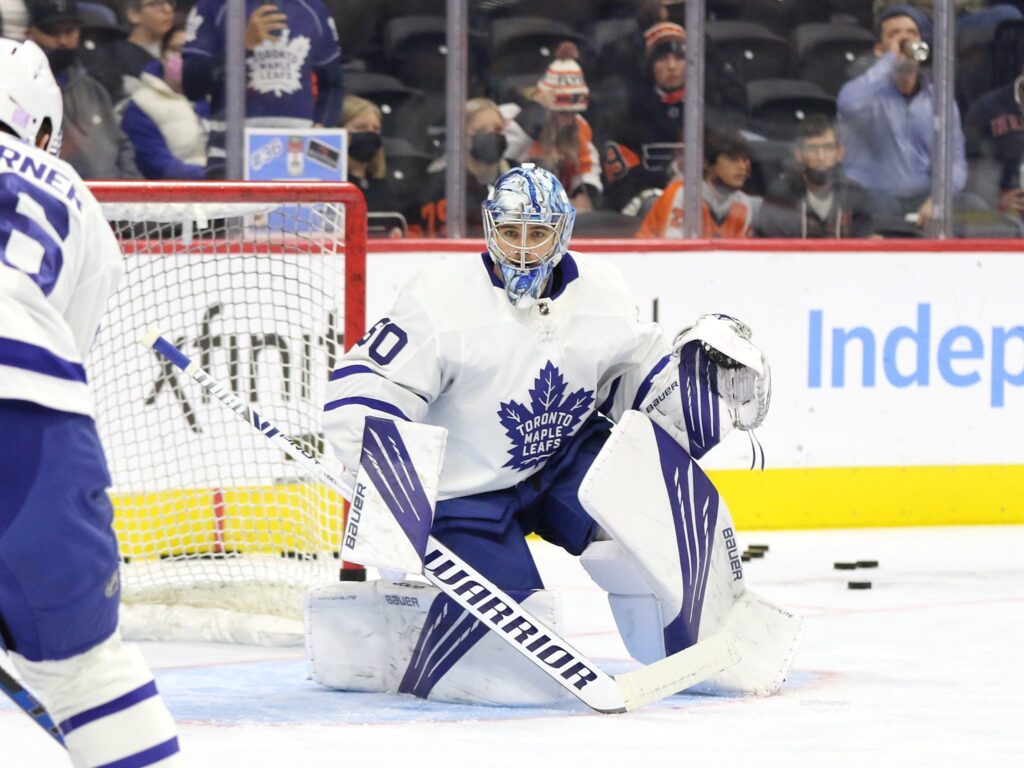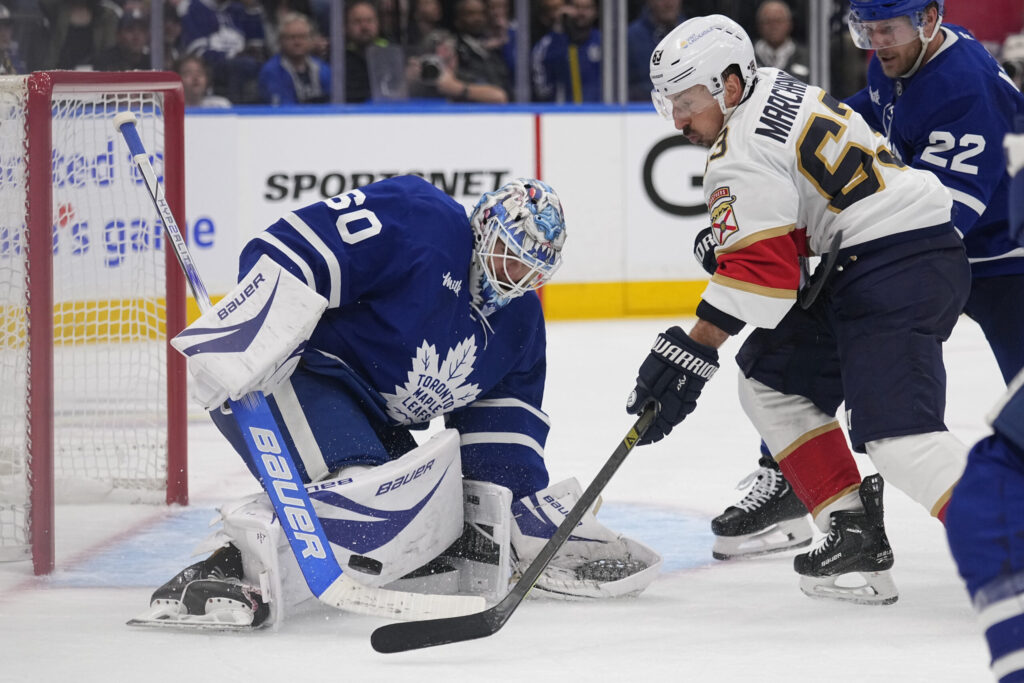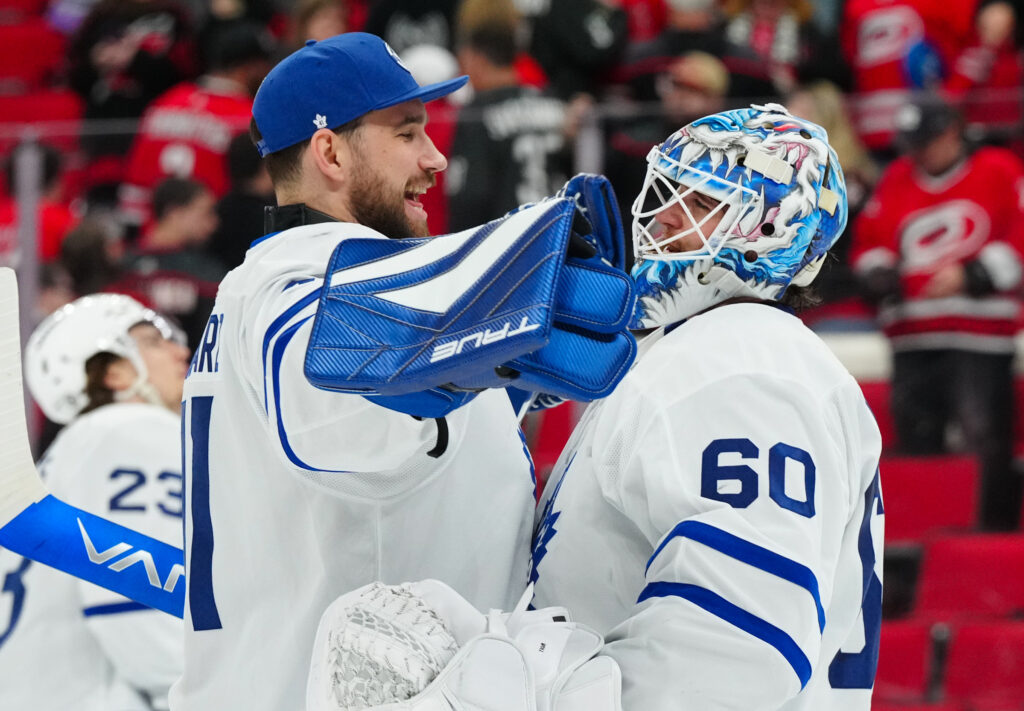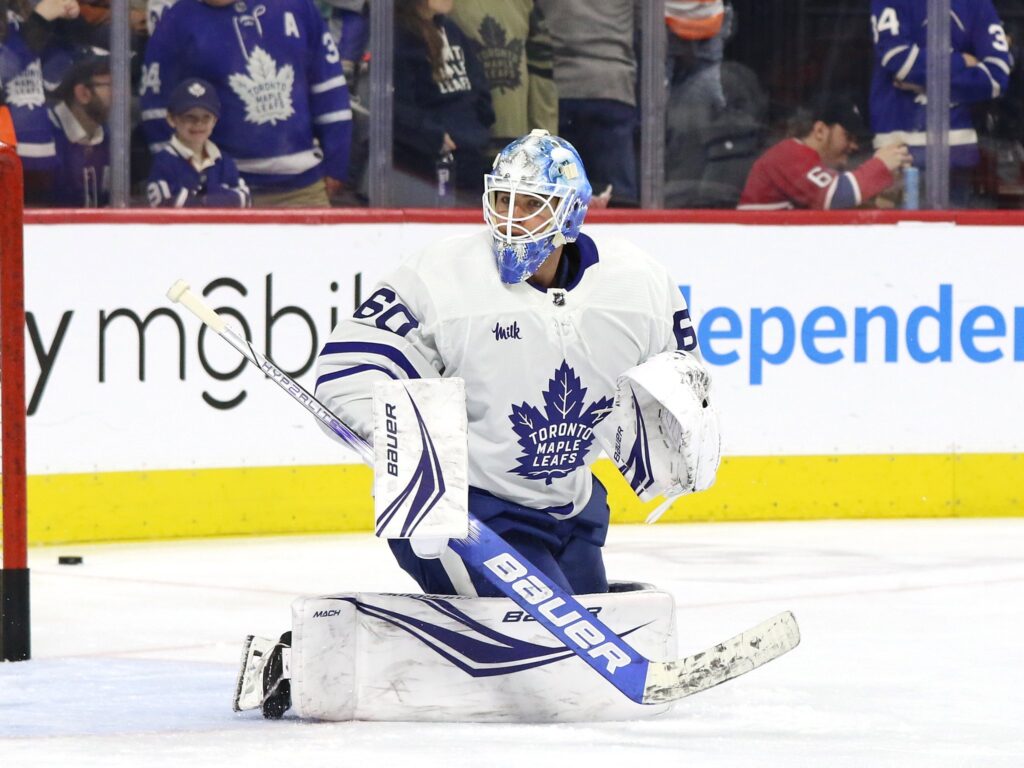After a month of speculation, uncertainty, and a palpable tension around the Toronto Maple Leafs’ goaltending situation, the organization received the news it desperately needed. On Friday, goaltender Joseph Woll returned to the team, formally ending an indefinite personal leave of absence that began on Sept. 23.
While his return to the active roster isn’t immediate, Woll’s presence alone resolves the team’s most glaring short-term vulnerability. It provides a crucial boost to a tandem that was, to put it mildly, walking on thin ice. But his return was preceded by a confusing 24 hours of roster moves that left many observers scratching their heads—a sequence of strategic cap management that highlights the complexities of the modern NHL.
The Paper Trail: Deconstructing the LTIR ‘Woll Shuffle’
To understand what happened, we have to look at the timeline. Woll had been away for approximately a month for a family matter, an absence the organization rightly handled with privacy. Then, on Thursday, Oct. 23, the club announced it had placed Woll on long-term injured reserve (LTIR).

This move, naturally, signaled to the fanbase that his return was not imminent. It suggested a much longer, more complicated situation. Just one day later, Woll was in the building, and his return was official.
So, what changed? Nothing. The LTIR placement was a “paper transaction” in the truest sense.
When defenceman Chris Tanev went down with an upper-body injury, the Maple Leafs needed to create the necessary salary cap space to recall Dakota Mermis from the Marlies. By placing Woll on LTIR and making the designation retroactive to the start of the season (when he was first unavailable), the team gained the cap flexibility required for the call-up. It was a savvy, if slightly confusing, piece of administrative work to address an immediate roster hole on the blue line, all while knowing Woll’s return was hours, not weeks, away.
Reps, Rust, and the Road Back to Game Shape
Woll was back on the ice with the team for activities on Saturday, but fans eager to see him start shouldn’t hold their breath. The same LTIR rules that provided the cap relief now dictate his playing timeline. Woll is ineligible to be activated and dress in a game until Nov. 1 at the earliest, when the Leafs visit the Philadelphia Flyers.
Even then, an immediate insertion into the lineup is unlikely. This wasn’t a case of a player skating and training privately. The fact that Woll’s gear was reportedly untouched in his stall suggests he has not been on the ice during his month-long absence. He now begins a “return-to-play” process to regain his conditioning and timing.

According to coach Craig Berube, this process will involve getting significant reps in practice and dedicated sessions on a fresh sheet of ice with the goalie coach. There is also the strong possibility of a temporary assignment with the Toronto Marlies. Sending Woll to the AHL for a conditioning stint would allow him to face live-game action and “get up to snuff” in an environment where the stakes are lower, ensuring he is 100 percent physically and mentally ready before being thrown into an NHL game. Given Woll’s previous injury history, the team will rightfully exercise caution.
Relief in the Crease: Stolarz Gets His Partner Back
Perhaps no one in the organization is more relieved to see Woll than Anthony Stolarz. With Woll out, Stolarz was forced to shoulder a workload he was never intended to carry. He started seven of the team’s first eight games, an unsustainable pace for any goaltender, let alone one signed to be a 1B or high-end backup.

The results of that workload are plain to see. Stolarz struggled to a 2-4-1 record, posting an .885 save percentage and a 3.31 goals-against average. Those are, frankly, among the worst numbers of his professional career and a significant statistical outlier from his otherwise solid track record. As Coach Berube acknowledged, the heavy burden has likely left Stolarz “tired a little bit.”
Also on the EDGE – Enough’s Enough: Stolarz’s Fiery Critique Puts Maple Leafs’ Culture on Trial
Woll’s return immediately alleviates that physical and mental pressure. The coaching staff can now look at the schedule and strategically “switch hit” their goaltenders, managing rest and putting both players in a position to succeed. The team was operating without a proven, reliable backup, and Woll’s return solidifies the position from “less than ideal” to a potential strength.
Stolarz himself summed up the feeling, telling reporters Woll’s comeback “could be a huge spark” and provide “a little energy” for the group.
Lifting the “Dark Cloud”
Beyond the on-ice logistics, Woll’s return has a significant positive impact on the team’s environment. His indefinite absence had created a “dark cloud” of speculation. It was confirmed his leave was not related to the NHL/NHLPA Player Assistance Program, but the lack of a timeline created a vacuum of information that fueled external questions.
Having him back in the fold ends that speculation. It brings a sense of “lightness” to the room, allowing the focus to return squarely to hockey. Captain Auston Matthews stated it plainly: Woll is a “big part of our team” and the group is “excited” to have him back. For Leafs Nation, it’s a definitive positive sign.
The Goalie They’ve Been Missing
It’s important to remember why his return is so critical. This isn’t just about getting a second goalie; it’s about getting Joseph Woll back.
Last season, Woll was “especially excellent.” He established himself as a legitimate NHL starter, playing a career-high 41 games and posting a 27-14-1 record. His .909 save percentage and 2.73 goals-against average provided the kind of stability the team had been seeking for years.
The underlying numbers were even more impressive. He finished 11th in the entire league in Goals Saved Above Expected (GSAx), a metric that confirmed what onlookers saw: he was not just winning games, he was stealing them.
Now in the first year of a three-year contract signed in 2024, the hope and expectation is that he can return to that form. While it will take him time to get his legs back, the path forward for the Maple Leafs is suddenly much clearer. The team’s most volatile position has been stabilized, and the goaltender who performed as a top-tier starter just last season is back in the building.
Created with the aid of Gemini AI
